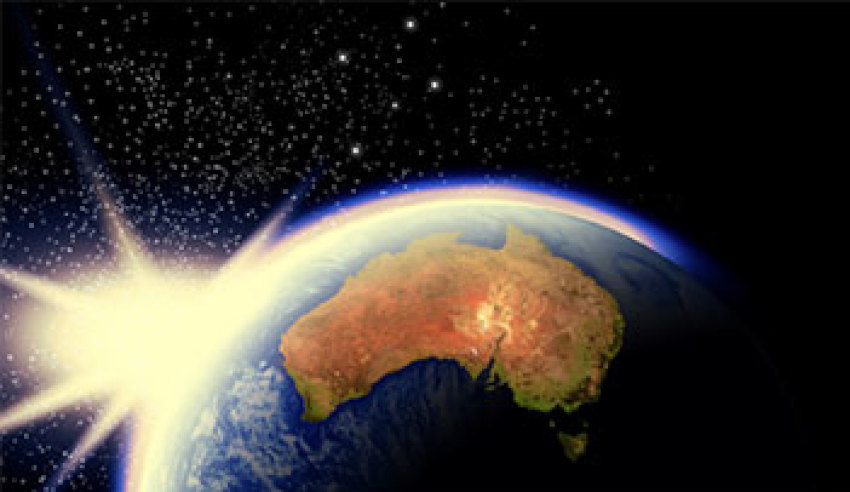
Australia’s space economy grew by 5 per cent in the year since the Australian Space agency was formed with industry revenues exceeding $5 billion, a very substantial increase from the $1.4 billion in 2009-10.
A new study of the space sector by consultancy firm KPMG projects revenue and employment to continue rising, with revenues of $7 billion and some 18,000 jobs by 2023-24.
The government’s space strategy sets an ambitious target of tripling the sector’s contribution to GDP to $12 billion and creating an additional 20,000 jobs by 2030.
“Australia is making strong advances in the space sector. While its space agency may be young it is making an impact on the global stage; signing agreements with the world’s leading space agencies and companies and attracting additional funding to the local sector,” KPMG said.
“The industry is growing revenue at a greater rate than the global economy, with regular investment announced from local and foreign sources.
“Compared to Australia’s peers, there is still significant catching up to do. In order to move quickly and sustain the growth the sector is currently enjoying, government, industry and academia will have to work collaboratively and focus on key initiatives to grow the economy further.”
The report said Australia is heavily reliant on start-up companies for its growing space economy, with these businesses make up 87 per cent of the Australian space market.
Global companies including Airbus, Boeing, Northrop Grumman and Viasat also make significant contributions to the local space economy.
For Australian space companies to grow and develop sustainable revenue, a range of investment sources is required, as well as a strong customer base.
“Venture financing in Australia hit a record high in 2018. While this was dominated by software and technology companies, a number of space companies had successful raises, including Gilmour Space Technologies and Myriota, placing them firmly in the global market,” it said.
“While venture financing softened in 2019, both Fleet Space and Flurosat completed successful funding rounds. Nine Australian space companies were recently listed in the top 250 most admired space companies globally, indicating the diversity and strength of the local space sector.”
The report said industry revenue was growing strongly and remained dominated by satellite communication and broadcasting services, particularly Telstra and Foxtel.
However, reliance on these two players was decreasing.
“Instead, there’s been an increase in direct-to-home TV and satellite communications competition, growing Australian capabilities in manufacturing and broader satellite service offerings, such as Earth observation,” it said.
Government funding had also grown, with more than $200 million committed over the next five years, including $41 million to establish the Space Agency, $19.5 million for the Space Infrastructure Fund, $6 million for the Space Discovery Centre and $150 million to support Australia’s participation in NASA’s Artemis and Lunar Gateway missions.
While momentum is growing, the report identified a number of challenges facing the space sector.
There’s the perennial problems of insufficient skilled workers, of attracting and retaining qualified workers and of research institutions successfully engaging with industry.
The Defence Integrated Investment Program was providing a catalyst for investment in Australian defence industry and the space sector would benefit from a similar approach.
KPMG said other nations had been highly successful in accelerating the growth of their space sectors through government and industry initiatives. It cited a number of case studies, including New Zealand’s success with its space sector and Rocket Lab, founded by New Zealander Peter Beck.
“While Rocket Lab have established as a majority US entity, it uses over 1,500 New Zealand companies in the supply chain and launch their rockets domestically,” it said.
The report made a number of recommendations.
“Seek opportunities to address the challenges of other government departments through space applications, such as the management of the Murray-Darling Basin. This will enable the allocation of funding which will encourage international brands to establish in Australia and new, local space companies to grow with them,” it said.
“Encourage all jurisdictions to contribute to the Agency’s vision of market growth, based on each ones unique strengths.
“Generate a long-term plan to allow all stakeholders to understand prioritisation and future long-term requirements. This will facilitate access to funding, greater integration and longer-term investment in Australian space sector organisations.”
Receive the latest developments and updates on Australia’s space industry direct to your inbox. Subscribe today to Space Connect here.









